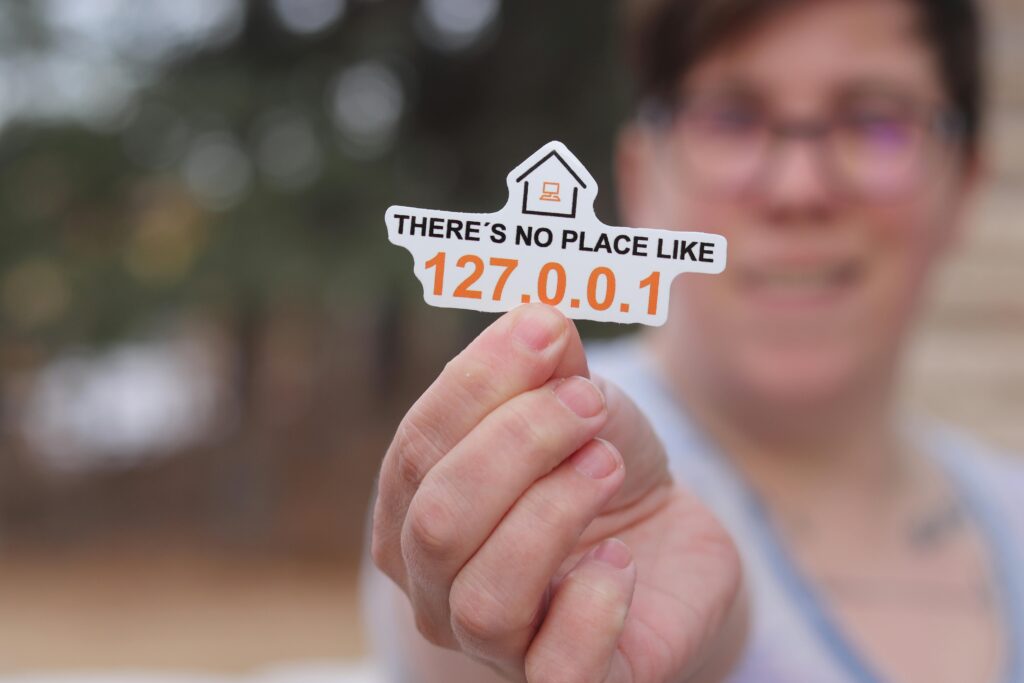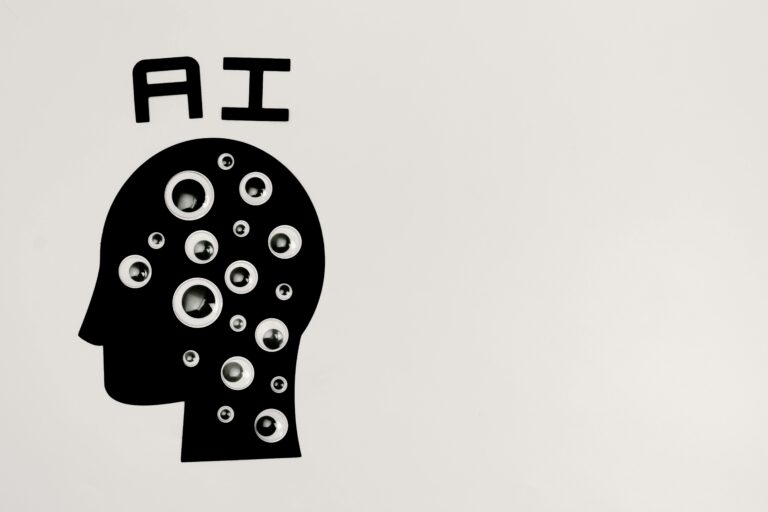
Humor has always been a powerful tool for engagement, but in recent years, it’s evolved into a core component of brand identity. Brands in the United States are tapping into the playful side of marketing, using humor and memes to build connections with their audiences. What was once an occasional tactic is now a mainstay in advertising campaigns, thanks to the internet and social media platforms. But why is this happening? How does humor shape a brand’s identity, and how are companies leveraging viral trends to stay relevant? Let’s dive in.
The Rise of Humor in Brand Identity
Humor in brand identity has taken on a new meaning in the digital age. Once, brands adhered to traditional, often serious tones in their advertisements. Now, humor is seen as a way to foster relatability and authenticity. U.S.-based companies, in particular, have embraced a more playful approach in their communication, using humor to show that they understand the culture and nuances of their audience. The key is to create content that resonates with people on a human level, making the brand feel less like a corporation and more like a friend.
Example:
Consider brands like Wendy’s and their iconic Twitter presence. Known for their witty, sarcastic replies, Wendy’s has become a household name because of its humorous persona. Through sharp humor and memes, the brand has cultivated a strong following that feels personally connected to it, going beyond just fast food. The use of humor allows Wendy’s to foster real-time engagement with its audience, making every tweet feel like part of an ongoing conversation.
Also Read : Gamifying Loyalty: How Game Theory Helps Retain Customers
Memes as Marketing Tools: The Evolution of Digital Communication
One of the most significant aspects of humor in brand identity is the rise of memes. Memes allow for quick, viral communication that is easily digestible and widely shared. Brands have capitalized on this trend by crafting their own memes or aligning themselves with existing viral content. The beauty of memes lies in their relatability and their ability to tap into collective experiences.
Example:
A perfect illustration is Nike’s use of memes to promote their campaigns. In 2020, Nike embraced the meme culture with their “You Can’t Stop Us” campaign, which cleverly used video edits and popular meme formats to create powerful, relatable messages about perseverance and equality. Nike’s incorporation of humor and memes into their branding strategy helped the campaign resonate with younger, digitally-savvy audiences, showcasing how humor can enhance the impact of a serious message.
Humanizing Brands Through Humor
Humor allows brands to feel more human. It allows companies to show that they understand their audience, and that they are willing to laugh at themselves when necessary. This shift towards a more approachable, less polished image helps establish an emotional connection with consumers, which is critical in today’s competitive marketplace. The key is finding the right balance between fun and professionalism, ensuring that humor doesn’t overshadow the brand’s core message.
Example:
Old Spice, once known for its classic, masculine image, transformed into a modern-day meme powerhouse with its “The Man Your Man Could Smell Like” campaign. The ads were funny, over-the-top, and completely unexpected for the brand, and they quickly became a viral sensation. Old Spice successfully used humor to redefine its identity, connecting with a broader and younger demographic while still maintaining its brand essence.
continue reading…


